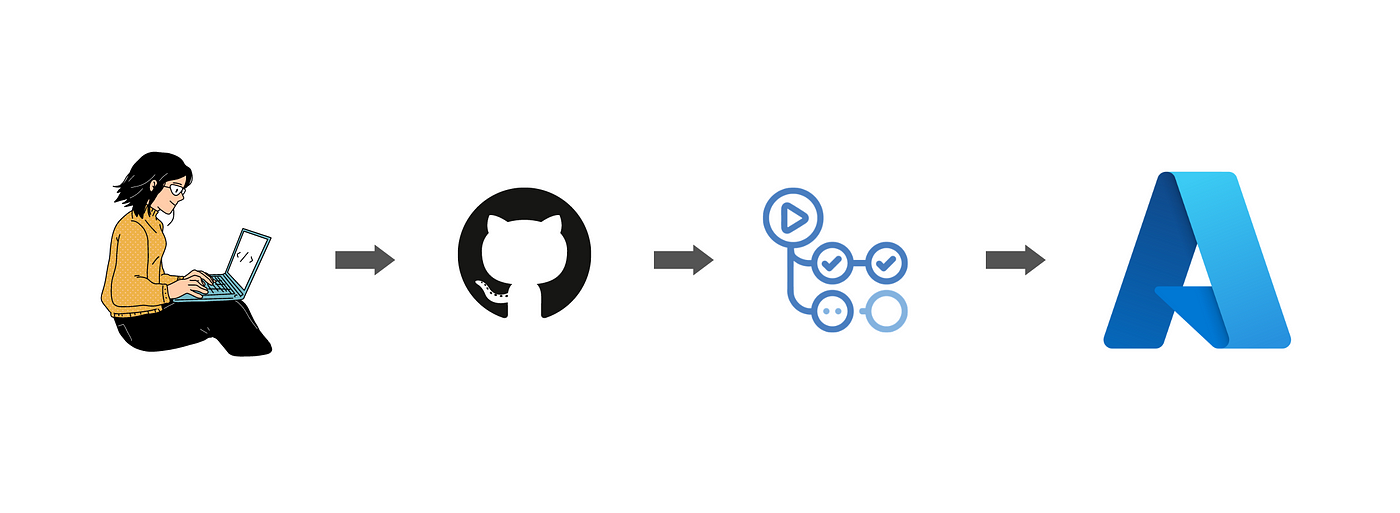Provision and manage infrastructure with IaC using GitHub and Azure
Accelerate cloud operations by leveraging enterprise-level automation with Infrastructure-as-Code (IaC).
What should your organization consider when looking to provision and manage cloud infrastructure through code?
When your organization is looking to provision and manage infrastructure in the cloud, several key considerations should guide the process. First, adopting cloud automation and infrastructure-as-code practices is essential for ensuring consistency, reducing manual errors, and accelerating deployment times. Establishing standardized, opinionated approaches, often called “paved roads,” can simplify deployment and management by offering predefined best practices for cloud operations.
Collaboration across teams, particularly between a CCoE team and developer teams, is critical for efficient cloud management. This can be achieved through self-service models that empower teams to provision resources independently while adhering to built-in guardrails and policies that enforce security and compliance standards. Automated governance plays a crucial role in maintaining these standards, ensuring that infrastructure is consistent, secure, and compliant with regulations.
Additionally, organizations should prioritize workflows that enable collaborative change management, ensuring that all changes are auditable and traceable. Leveraging a reliable and scalable tech stack is also important, as it ensures the infrastructure can support growth and handle complex workloads in large organizations. Finally, ensuring that all processes are scalable and able to accommodate future growth is key to long-term success in cloud infrastructure management.
Provision and manage infrastructure through GitHub and IaC
| Features | Description |
|---|---|
| Declarative Code | Define infrastructure in reproducible code using IaC (Infrastructure as Code). |
| Automated CI/CD Pipelines | Enable scalable deployments through CI/CD pipelines. |
| Audit and Change Management | Manage changes via Git merge requests, reviews and approvals for audit. |
What does it look like in practice?
What solutions should you implement for effective platform governance and management?
Landing Zone Management
Automated deployment and configuration of Azure subscriptions and Git repositories.
Policy Management
Governance at scale using Azure policies managed through Infrastructure-as-Code (IaC).
Workload deployment
Orchestrate resource deployment at scale for workloads.
Automated documentation
Generate and update workload documentation automatically based on infrastructure code.
Repositories and structure
A good practice is having at least 3 management repositories:
- Policy Management
- Repository that should contain all Azure policies.
- Landing Zone Management
- Repository that should manage deployment and decommisioning of landing zones.
- Workload Management
- Repository that should manage all workload repositories
GitHub Governance
You should use branch protection rules, PR Gates (e.g. validation and build) and a commit message convention.
Summary
Provisioning and managing cloud infrastructure with Infrastructure-as-Code (IaC) using GitHub and Azure enables organizations to streamline operations, enhance security, and maintain consistency at scale. By adopting declarative code and automated CI/CD pipelines, infrastructure management becomes more efficient and less prone to manual errors. Governance is strengthened through Azure policies, ensuring compliance while maintaining flexibility for collaboration between teams. Implementing a structured approach with dedicated repositories for policies, landing zones, and workload management further supports scalability and organization. Ultimately, this approach empowers teams to manage complex workloads with greater agility, while ensuring traceability and auditability across the entire cloud environment.

